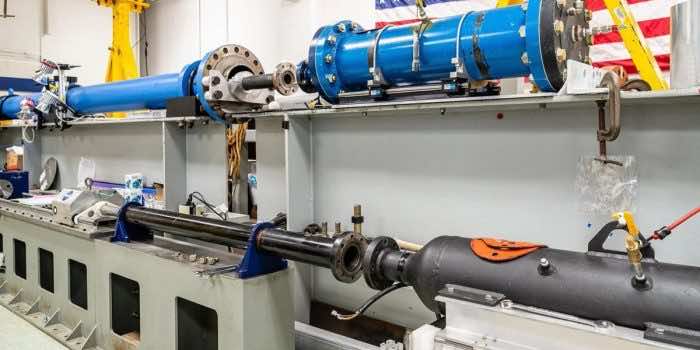As the scope of space missions is growing at a considerable rate, NASA felt a need to secure its spacecraft from the disastrous impacts of high-speed micrometeorites, or space rocks, that have the potential to smash the spacecraft shield by busting at high speeds. For this, they administered an experiment in which they recreated an artificial environment to test the impact of high-speed space rocks on their spacecraft. The experiment is subjected to making great strides in its upcoming Mars Sample Return mission, which has been scheduled to take place in 2030.

Coupled with this, Bruno Sarli, who is a NASA engineer at NASA’s Goddard Space Flight Center, Greenbelt, Maryland said in a newly released report that “even dust could cause damage to a spacecraft” at those speeds. Therefore, a team of engineers at NASA is on a mission to develop a shield that can sustain the impact of all these high-speed space rocks. It has to be noted that the experiment has been conducted in the Remote Hypervelocity Test Laboratory at NASA’s White Sands Test Facility in Las Cruces, New Mexico. The facility has a long-standing history of experiments, especially for the Artemis program and the International Space Station.
Thus, a 2-stage gas gun has been deployed to accelerate the meteorites and space rocks at a speed of 5 miles per second. In the first stage, the team used a conventional gun having the standard gun powder while in the second stage, the pressure in the gun has been increased by injecting the gas into a small tube. Considering the scenario, NASA said, “the gun’s pressure gets so high that it would level the building if it were to explode.” Similarly, Dennis Garcia, who is the .50-caliber test conductor at White Sands, stated, “At that speed, you could travel from San Francisco to New York in five minutes.”

In addition to this, it is a fact that meteorites in space travel about six to seven times faster than in this setting on Earth so the team went to great lengths in order to further stimulate the speed of these particles through computer programs. To that end, NASA has been making efforts to conduct its “NASA’s Mars Sample Return Mission” which will bring the collected Mars samples to Earth through the Mars Earth Entry System. Hence, NASA describes the mission as, “one of the most ambitious endeavors in spaceflight history, involving multiple spacecraft, multiple launches, and multiple government agencies.”


